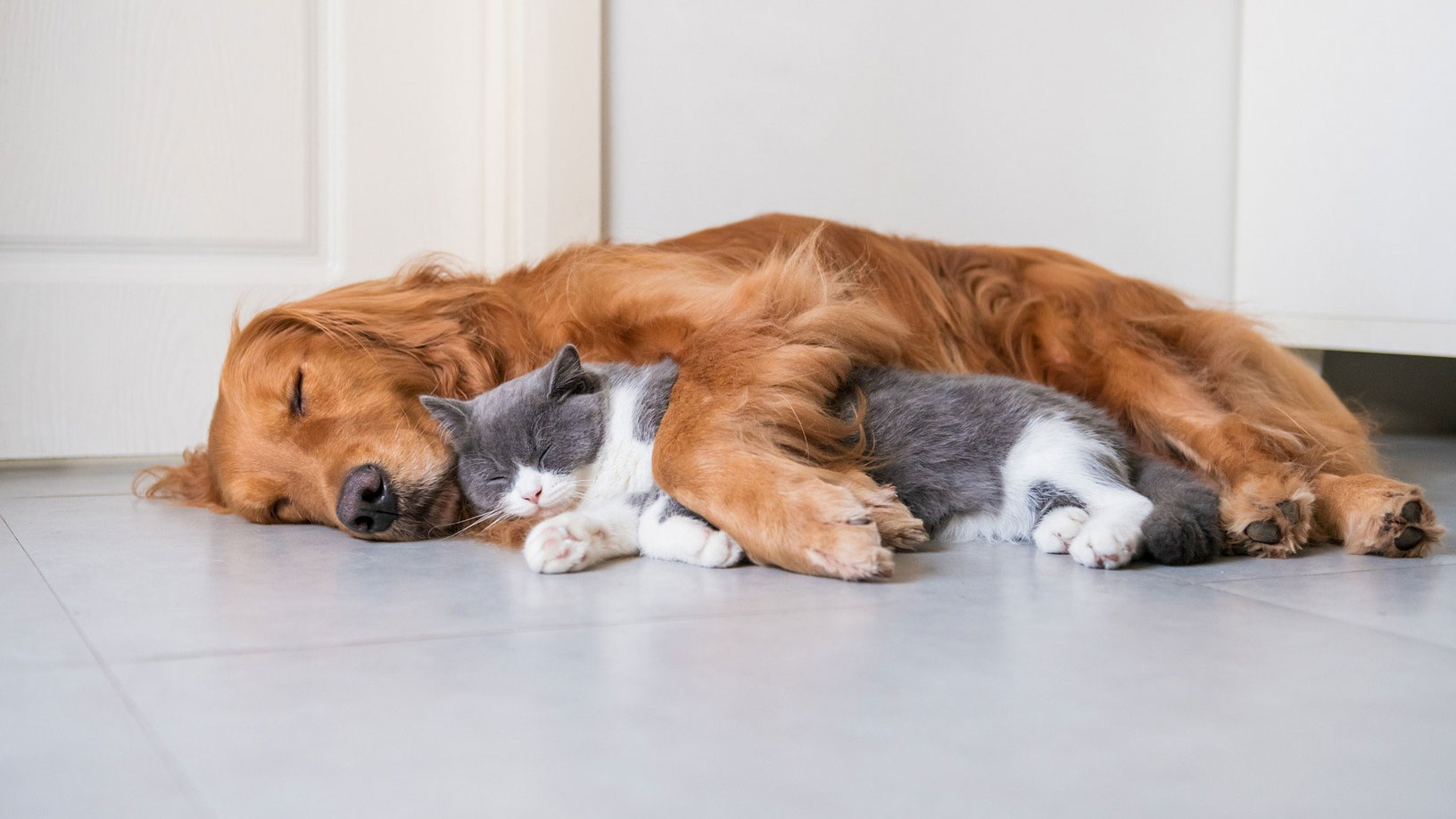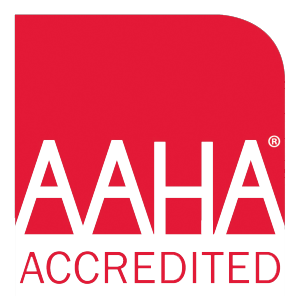Sedation and Anesthesia For Your Pet

Having a pet undergo a sedated or anesthetized procedure can be a scary time for a pet owner. Read below to learn more about what the difference between sedation and anesthesia is, how they can benefit your pet and things you can do to better prepare your pet for such a procedure.

Sedation vs. Anesthesia
Do you know the difference between sedation and general anesthesia? Sedation refers to a state where the patient is calm and relaxed and may or may not be conscious. Sedation is typically used for shorter (up to 30 minutes), less-invasive veterinary procedures such as diagnostic imaging, joint injections, suture removal, and wound management. Injectable sedation is short-acting, and with most sedatives, a reversal agent can be given once the procedure is complete. This agent reverses the effects of the sedative on the central nervous system and can provide quick recovery within 15-20 minutes after injection.
On the other hand, anesthesia produces a loss of consciousness. General anesthesia is typically used for longer, more invasive procedures such as surgery or dental cleanings. When a pet is under general anesthesia, they are connected to an anesthetic machine, and a tube is placed through their mouth into the trachea to allow oxygen and the inhalant anesthetic to be dispersed as the patient breathes.

Fasting Prior to Sedation/Anesthesia
True or False: Most pets should be fasted prior to a sedation/anesthetic procedure.
Answer: True. Most veterinarians ask that pets be fasted for at least 12 hours prior to arriving at the clinic for their procedure if possible. Any food in the patient’s stomach will increase the likelihood of aspirating food into the lungs if the pet vomits during induction of the procedure. Fasting your pet can also help reduce defecation during the procedure. This is important so we can keep a clean and, potentially, sterile surgical site if needed.

Pre-Visit Pharmaceuticals
Is your pet usually nervous or stressed during veterinary visits? Talk to us to see if a PVP–pre-visit pharmaceutical–might be an option. These medications are used as an addition to training, behavioral, and/or environmental modification to treat veterinary-related fear, anxiety, or stress.
When implemented with a behavioral treatment plan, these medications can increase the odds of a successful visit. They help reduce the stress and anxiety so our veterinary team can work to change the way your pet feels about specific procedures. If your pet is anxious about veterinary visits, we can recommend a plan to help make exams less stressful.

Signs of Fear, Stress and Anxiety
There are many different levels of fear, anxiety, and stress that your pet may experience at the veterinary clinic. Some pets may show more signs than others, and with each new sign, the animal is pushed into a different level. The Fear Free Initiative has been extremely helpful in educating veterinary professionals as well as pet owners on the different levels of fear, anxiety, and stress. Fear Free uses a scale where the animal can have high levels (Levels 4-5) of fear, stress, and anxiety as well as lower levels (Levels 0-1). In dogs, higher levels of stress can include aggression, ears back and tail tucked between their legs, actively trying to escape, excessive panting, trembling, increased respiratory rate, and immobility. When cats are experiencing a high level of stress, they can exhibit aggression, hissing, actively trying to escape, ears back, tail tight or tucked, and immobility.

Body Language
Understanding your pet’s body language and being an advocate for your pet’s veterinary behavioral health is a very important tool as a pet owner. Our pets communicate with us through visual communication which is different from how people communicate through verbal communication. When breaking down body language, it’s recommended to look at the entire dog and to monitor their posture and 6 different body parts. The body parts are the tail, hair, ears, eyes, mouth, and face.
In a behaviorally comfortable dog, the dog would be showing the following signs:
- Posture: Loose, showing no muscle definition or stiffness, may have a wiggly posture
- Tail: The tail is neutral and held parallel or a bit lower to the spine.
- Hair: Flat – Not standing up
- Ears: Neutral (where the ears would normally rest in the patient)
- Eyes: Pupils normal (may have a small amount of dilation), white part of eye is not noticeable,
- Mouth: Closed, loose lips
- Face: Relaxed and soft
In a behaviorally comfortable cat, the cat would be showing the following signs:
- Posture: Loose, showing no muscle definition or stiffness
- Tail: Horizontal with a slight dropping; flagpole (straight up) tails can also be seen
- Hair: Flat – Not standing up
- Ears: Neutral – Forward or slightly to the side
- Eyes: Eyes may be half-open with a smaller pupil
- Mouth: Closed, loose lips
- Face: Whiskers to the side, relaxed and soft

Effects of Sedation on Pets
It is normal for pets to be mentally affected from sedation or anesthesia 24-72 hours after their procedure. Your pet will be discharged from the hospital when they are fully awake, warm (normal body temperature), and comfortable. We like to keep your pet under observation for several hours post-procedure.
After their procedure, your pet may have some temporary behavioral changes where they are unable to recognize people or familiar surroundings. These effects are normal and usually resolve in a few days. Because most sedatives and anesthetics reduce body temperature, we may also advise keeping your pet in a warm room to help control their body temperature. Lastly, it is important to recognize that obese animals can often have delayed recoveries. Most of the medications used are fat soluble, so the more body fat your pet has, the longer it will take for their system to remove the anesthetic.
Every patient responds to sedatives and anesthesia differently. Our goal is to create a full sedation/anesthetic plan that would work best for your pet.

Sedation Benefits: Safety For Your Pet
Has your pet ever had to undergo a procedure requiring sedation? It’s common to have questions and concerns about the safety of sedation, and while there’s a risk with any procedure, sedation can be an important part of any veterinary treatment plan. Without sedation, moving forward with procedures when your pet is distressed can create long-lasting, negative effects, and increase fear, stress, and anxiety for the next appointment. This can make future medical care difficult and have negative effects on your pet’s health.

Sedation Benefits: Safety For Your Veterinary Team
Using sedation not only helps decrease your pet’s stress but also increases the veterinary team’s safety. When a patient undergoes a veterinary procedure while they are painful, fearful, stressed, and anxious, they may begin to panic. Unfortunately, pets do not understand why they are being poked or restrained, and they will do everything in their power to make this scary situation stop. This behavior can include aggression, such as growling, lunging, and biting, which can injure a veterinary team member. By providing sedation at the onset, this scenario can be prevented and the procedure can be completed safely and effectively.

Sedation Benefits: Better Procedure Results
Using sedatives prior to veterinary care or prior to an anesthetic procedure can lower patient and staff stress, improve ease of patient handling, and can even reduce the amount of inhalant anesthetic that the patient may need. Sedatives can also help obtain more accurate lab work because some values may change with increased stress during blood collection.
If you ever have any questions about sedation or anesthesia for your pet, please don’t hesitate to reach out to us.




